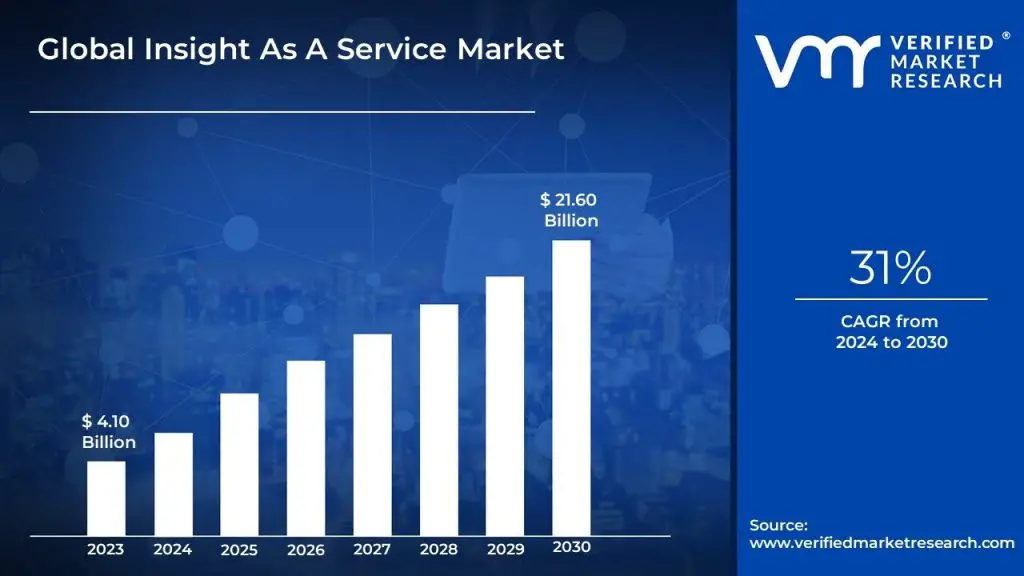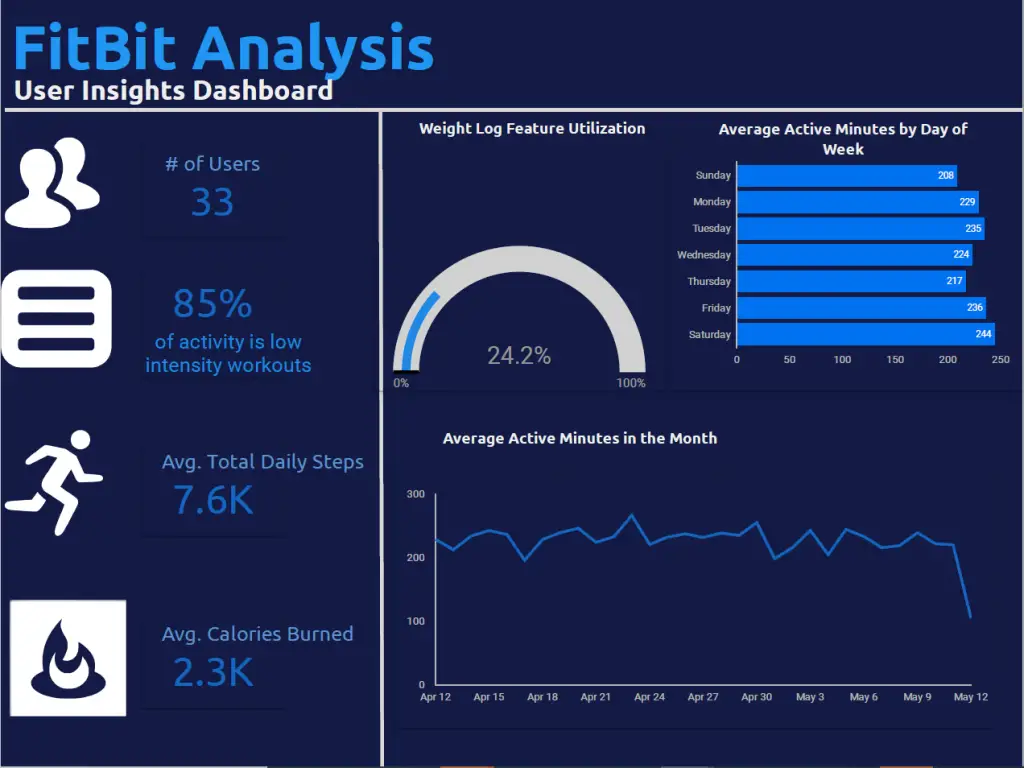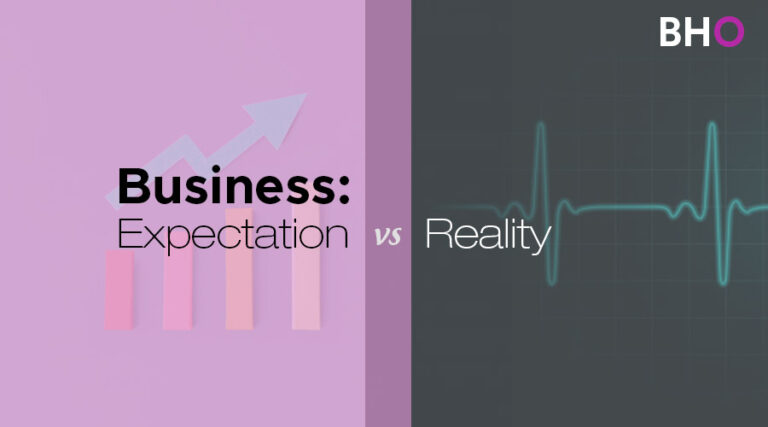Data-Driven Decisions: The Game-Changing Role of Data Monetization in Business Strategy

Table of Contents
Introduction
Data has become one of the most valuable resources for businesses in the modern economy. Companies are no longer simply storing and analyzing data; they are leveraging it as an asset that can generate revenue, improve decision-making, and foster innovation. However, monetizing data requires a strategic approach that considers the type of data, customer needs, and market opportunities.
What is data Monetization?
Data monetization is the process of extracting commercial value from your internal data assets. Chief Data Officer at Gartner, Alan D. Duncan, recently reported that data monetization is the fastest growing benefit and #1 differentiator of data & analytics. Long story short, data monetization is important for any business in the age of analytics and AI. And to do it correctly, you need a strategy.
This article explores various strategies for data monetization, including traditional and emerging techniques to unlock the true value of data.
Why do you need a data monetization strategy?
- Every company can become a DaaS company:
According to Data commerce, every company will eventually. To keep up with other businesses becoming commercial data-as-a-service companies, you need a monetization strategy which will withstand the oncoming competition characteristic of the Digital Age.
- Data is an ‘unruly asset’:
As it’s described by Douglas Laney in his book Infonomics (2017). You need a strategy to wrangle such an asset into a commercially viable – and valuable – business.
- Global benefit of data democratization:
According to a Harvard Business Review survey, 91% of respondents agreed that it was important for their companies to have widely shareable data and analytics. Furthermore, at a broader level, sharing information can help bring about change on the global level of the society. Data stands at the heart of solving issues that are most critical for economic growth, business innovation, healthcare, global trade, sustainable development, conducive resource sharing protocols as well as international relations. Data monetization refers to making pure information that was formerly inaccessible in enclosed organizations to resolve something good.
Strategies for data monetization
Traditional strategies:
1. Data as a Service (DaaS):
Selling Access to Raw Data

One of the most direct approaches to data monetization is Data as a Service (DaaS). Companies sell access to raw datasets that other organizations can use for their own purposes. This model works well for industries that generate large amounts of data, such as finance, healthcare, and telecommunications. In a DaaS model, data can be sold as:
- A one-time product, where the buyer gets access to a specific dataset.
- A subscription service, where the buyer receives continuous access to updated data.
For example, Gartner offers access to its premium datasets about technology vendors and tools, which organizations use to make informed decisions. Companies can sell their data via online marketplaces or through API access.
2. Insights as a Service (IaaS):
Selling Processed Data and Recommendations.

While raw data is valuable, many organizations find more value in actionable insights. Insights as a Service (IaaS) involves offering data-driven recommendations and pre-built analytics to clients. This approach helps businesses that may not have advanced data science teams but still want to benefit from data analysis.
Companies like Facebook (now known as Meta) sell insights on user behavior to help businesses optimize their marketing efforts. Insights can be delivered through BI tools like Looker, Tableau, etc, which present easy-to-understand visualizations and dashboards for decision-making.
New Strategies for Data Monetization
As data continues to grow in importance, new strategies for monetizing it are emerging. These methods offer innovative ways to transform data into revenue.
1. Leveraging Third-Party Data Platforms:
Businesses can partner with third-party data platforms to access large data pools from various sources. These platforms allow companies to analyze data to create valuable products or services. For instance, a retail business could work with a third-party platform to analyze consumer behavior, then use that data to create more targeted marketing campaigns.
This strategy opens up new revenue streams, as businesses can sell data-driven services to other organizations. Platforms like Amazon Web Services (AWS) Data Exchange provide businesses with a marketplace to buy and sell data sets.
2. Developing Data-Driven Products and Services:
Companies can also monetize data by developing new, data-driven products or services. For example, fitness apps collect data on users’ workouts, sleep, and nutrition. By analyzing this data, they can offer personalized workout plans, nutrition guides, and other health-related insights.
Businesses using this approach can generate revenue through subscriptions, in-app purchases or partnerships with other brands. Companies like Fitbit and MyFitnessPal have successfully turned user data into valuable, personalized products.

3. Implementing Data Analytics and Insights:
Internal data analytics can drive external revenue by helping businesses identify opportunities to cross-sell or upsell. By analyzing purchasing patterns, an e-commerce platform might suggest additional products to customers, improving sales.
Data analytics tools enable businesses to make data-driven decisions that improve revenue streams. Predictive analytics can identify future trends, allowing companies to develop products that meet emerging needs.
4. Creating Data Marketplaces:
Data marketplaces are platforms where businesses can sell and buy datasets. By creating their own marketplaces, companies can allow other organizations to purchase their data for use in analytics, marketing, or product development. For instance, transportation companies might sell anonymized traffic data to urban planners or advertising agencies.
Data marketplaces create a platform for businesses to monetize their data assets while gaining access to valuable external data sources, often establishing them as trusted data providers.
5. Collaborating with Data Partners:
Forming data partnerships with other companies allows businesses to combine their data assets and create new, more comprehensive solutions. E.g. a healthcare provider could partner with a pharmaceutical company to analyze patient data and create personalized treatment plans.
These collaborations can generate revenue through joint ventures, licensing agreements, or shared revenue models. By pooling resources, companies can unlock new opportunities and markets that would be difficult to access individually.
6. Open Data Monetization:
In some cases, companies can monetize data indirectly through open data initiatives. By sharing anonymized data with the public, companies can drive innovation and enhance their reputation. While this doesn’t directly lead to revenue, it can foster goodwill and potentially lead to new business opportunities.
Steps to successfully monetize your data
The most successful data companies follow these 5 steps to developing a successful, scalable data monetization strategy: parsing, products, pricing, platform, and partnerships.
- Parsing: “Effective data literacy, or data fluency, goes both ways.” – Valerie Logan, CEO and Founder of The Data Lodge. Data obtained from various sources is usually raw, unstructured and almost useless. Data parsing extracts raw data and turns data from an unreadable, unstructured format into a language everyone can understand. I.e. analysts and CDOs, sales reps, account executives, pricing strategists and marketers selling the data.
If the data is parsed into a universally understandable format, then everyone involved in the commercial chain of data monetization can appreciate its substance and its value. Then come the next steps: creating meaningful information products, and pricing these products optimally. Examples of parsing tools include: web scraper (a chrome extension), import.io, parsehub, etc.

- Convert your data to products: “Unless data and analytics leaders create information products by design, the true value of their information assets cannot be realized.” – Gartner
Data is like any product, it is the fruit of intelligent labor and much like a product it has a purpose- to answer questions by providing information. The best way to make money off your data is to start organizing data assets into standard sellable products. Then create a catalog, use this to create product listings across the data monetization platforms you’re using.
- Pricing: The price of data always varies directly with the kind of data offered. E.g. You’re unlikely to find a weather data product for the same price as a location data product. For this reason, it’s crucial you appraise your internal data before offering it as external, readily purchasable products.
Once you’ve done your internal appraisal, you can conduct in-depth market research to determine the optimum price point for your data products. Your research should take into account the going rate for the category and volume of information you’re selling, as well as competitor data sellers.
- Choose a good data monetization platform e.g. Revelate, Data commerce cloud, etc.
- Partnerships: Data partnerships come in various forms. The alliances you form with other suppliers come first. Both parties’ data increases in value when you gather your data assets and link them together. This is due to the fact that the combined data product that is produced is more question-answering, cleaner (you can cross-reference datasets and eliminate anomalies), and richer overall. Thus, it makes sense to form partnerships with other data-as-a-service providers. Your individual data enterprises will benefit from it as well because everyone’s products are more valuable.
Key Considerations for Implementing Data Monetization Strategies
1. Data Privacy and Security: Companies must ensure compliance with data protection regulations like GDPR and CCPA to avoid penalties and protect customer trust.
2. Data Quality: Poor-quality data can undermine any monetization efforts. It’s essential to maintain data accuracy and relevance.
3. Technological Infrastructure: Monetizing data requires robust infrastructure, including secure storage, processing capabilities, and analytics platforms.
4. Customer Value: To successfully monetize data, the data or insights offered must deliver clear value to customers, helping them make better decisions or improve their operations.
In conclusion, Data monetization offers vast opportunities for businesses to generate new revenue streams, optimize operations, and stay competitive in a data-driven world. As data becomes an increasingly critical business asset, organizations that leverage it effectively will be well-positioned to succeed in the future.
References
- Data monetization: Transforming Data into Revenue Streams: Strategies and Benefits – FasterCapital
- 5 Steps to Building a Successful Data Monetization Strategy – Data commerce cloud.
- 53 Data Companies to know about in 2024– Data commerce cloud
- Harvard Business Review Survey- https://hbr.org/resources/pdfs/comm/google/TransformingData.pdf
- Essential Product Management Practices to Monetize Data and Analytics Assets– Gartner
- The Data Lodge
- The Power of Data Monetization in Business







